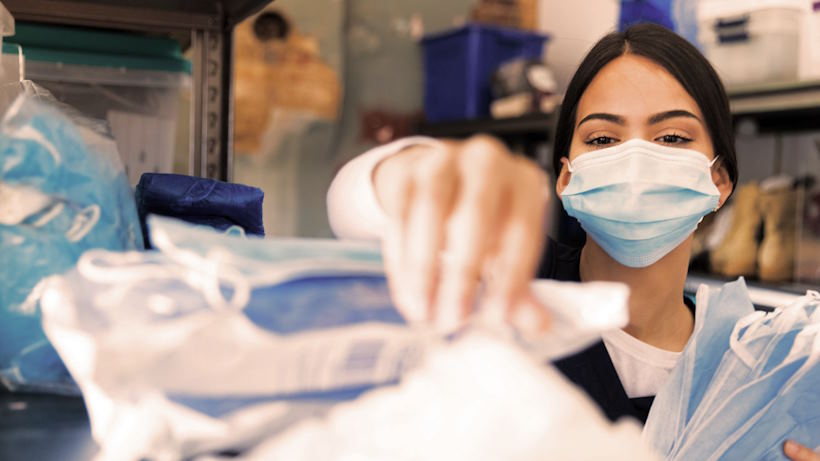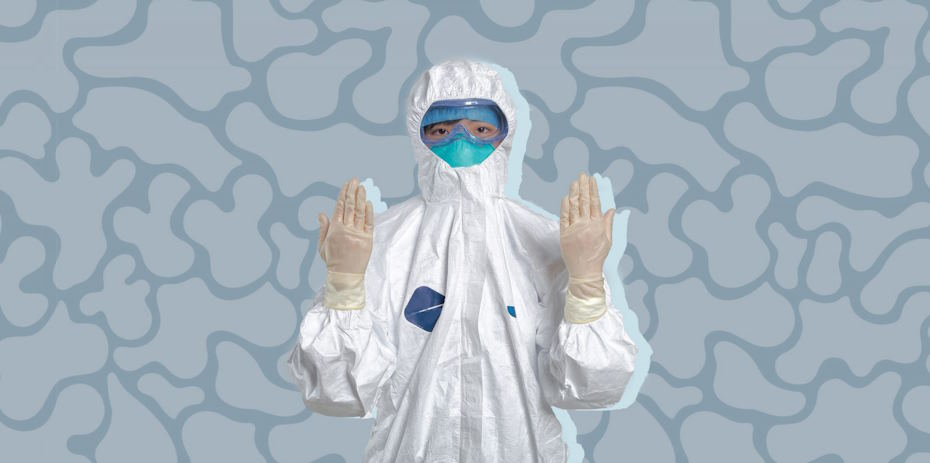
In the face of unprecedented challenges brought forth by pandemics and emergencies, the world has come to recognize the critical role of Personal Protective Equipment (PPE) and medical supplies in safeguarding human lives and preserving the integrity of healthcare systems. From the initial onslaught of a contagious disease to the tireless efforts of frontline healthcare workers, the importance of having adequate supplies cannot be overstated. However, amid such crises, the disparity in access to these life-saving resources becomes more evident, especially in underserved areas and vulnerable communities.
Enhancing Healthcare Infrastructure in Underserved Areas
Improving Healthcare Access through Donations
In remote and underserved regions around the world, access to quality healthcare is often limited, and the absence of adequate medical supplies only exacerbates this issue during times of crisis. Donations of PPE and medical supplies play a pivotal role in bridging this gap and enhancing healthcare infrastructure in these marginalized areas. By equipping medical facilities with essential resources, these donations enable healthcare providers to deliver better care and protect themselves and patients from infectious diseases. The impact is far-reaching, as it not only addresses immediate medical needs but also contributes to building a stronger and more resilient healthcare system that can better respond to future emergencies.
Organizations Making a Difference
Numerous organizations and initiatives have taken up the responsibility of distributing PPE and medical supplies to remote and underserved areas. For instance, “Global Health Aid Foundation” has been relentlessly working to ensure the equitable distribution of medical resources to regions lacking access. Through partnerships with local healthcare centers and NGOs, they have successfully delivered PPE kits, essential medications, and medical equipment to areas struck by natural disasters and pandemics. Additionally, “Doctors for Change” has been actively collaborating with volunteers to set up mobile health clinics in underserved regions, providing crucial medical assistance and supply donations to vulnerable communities.

Mitigating the Spread of Diseases
The Crucial Role of PPE and Medical Supplies in Containment
In the relentless battle against infectious diseases, access to Personal Protective Equipment (PPE) and medical supplies serves as a formidable line of defense. These essential resources not only shield frontline healthcare workers from exposure but also play a significant role in containing the spread of diseases. By equipping healthcare professionals with appropriate gear such as masks, gloves, gowns, and face shields, the risk of transmission from patient to healthcare worker, and vice versa, is drastically reduced. Furthermore, the availability of medical supplies, including diagnostic tools and treatment equipment, ensures that infected individuals can receive prompt and proper care, preventing the escalation of outbreaks into uncontrollable pandemics.
The Impact of PPE Availability: Statistics and Studies
The correlation between PPE availability and disease transmission rates has been extensively studied, reaffirming the critical importance of adequate supplies during health crises. Research conducted during the COVID-19 pandemic, for example, demonstrated that regions with higher PPE coverage among healthcare workers experienced lower infection rates. In contrast, areas with limited access to PPE witnessed more substantial outbreaks. Similarly, during the Ebola outbreak, regions that received substantial donations of medical supplies saw a more effective containment of the virus, while areas with limited resources struggled to manage its spread. These statistics underscore the direct influence of PPE availability on controlling disease transmission.

Recognizing the Importance of Sustainable Donations
Embracing Sustainable Practices in Donations
In the realm of PPE and medical supply donations, the significance of sustainability cannot be overstated. While immediate relief during emergencies is crucial, sustainable practices ensure a lasting impact on healthcare systems and communities. Sustainable donations focus on providing support that extends beyond the initial crisis, addressing long-term needs and fostering resilience in the face of future challenges. By considering the environmental impact, ethical sourcing, and the specific requirements of recipient regions, sustainable practices enable donors to make a meaningful and enduring difference.
The Far-Reaching Impact: Short-Term vs. Long-Term Donations
Short-term donations often provide much-needed aid during acute crises, but they may fall short in addressing the underlying issues that perpetuate healthcare disparities. Long-term donations, on the other hand, create a transformative effect by bolstering the healthcare infrastructure of underserved areas. Rather than being solely reactive, sustainable contributions focus on proactive measures such as training local healthcare workers, establishing healthcare facilities, and investing in research and development. This not only helps in immediate crisis management but also contributes to building stronger and more self-sufficient healthcare systems, ultimately saving lives and reducing the burden on global aid during future outbreaks.

